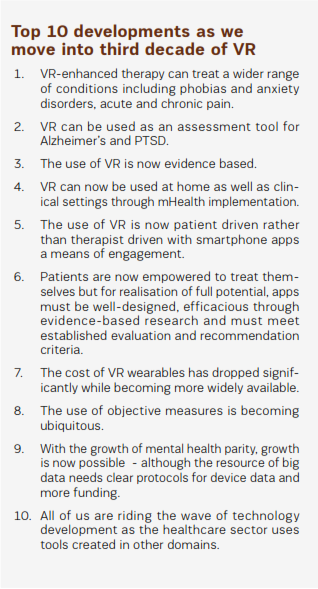
Is your fear of flying preventing you from that vacation you’ve been dreaming of, or have you been unable to move up in your job because you refuse to travel on an airplane? Virtual Reality Therapy may be the solution you’ve been looking for!
Amazingly up to 20% of Americans suffer from aerophobia, or the fear of flying. Some symptoms may include a racing heart, increased sweating, shaking, flushed skin, feeling disoriented, and an inability to concentrate. You may even have had an anxiety or panic attack when you were just thinking about flying. In fact, some individuals refuse to go to the airport to pick up friends or loved ones because of this phobia.
Whether you are a first-time flyer who is considering taking a trip, or you’ve tried to fly in the past and been unable to before due to your flying phobia, many individuals are finding help in the form of a virtual world.
Virtual Reality therapy exposes you to flying scenarios in the safety and comfort of the therapist’s office. Licensed clinical psychologist Dr. Brenda K. Wiederhold, PhD, MBA, President of the Virtual Reality Medical Center (VRMC) in La Jolla, California has been practicing Virtual Reality (VR) therapy for over 2 decades. She completed the first randomized controlled clinical trial in 1996 using Virtual Reality and biofeedback to treat patients with a fear of flying. And the VRMC has been successfully performing VR therapy now for 24 years! With a new set of skills on how to react differently and think differently about flying, followed by gradual exposure through VR, you can be taking flight in no time! Most individuals with a specific phobia require on average one clinical intake session and 10 treatment sessions. If you live in the San Diego area, you can choose to come once a week or twice a week. If you are coming from out of the area, we can accommodate “condensed treatment” where you will experience one VR session per day, each day, Monday-Friday.
